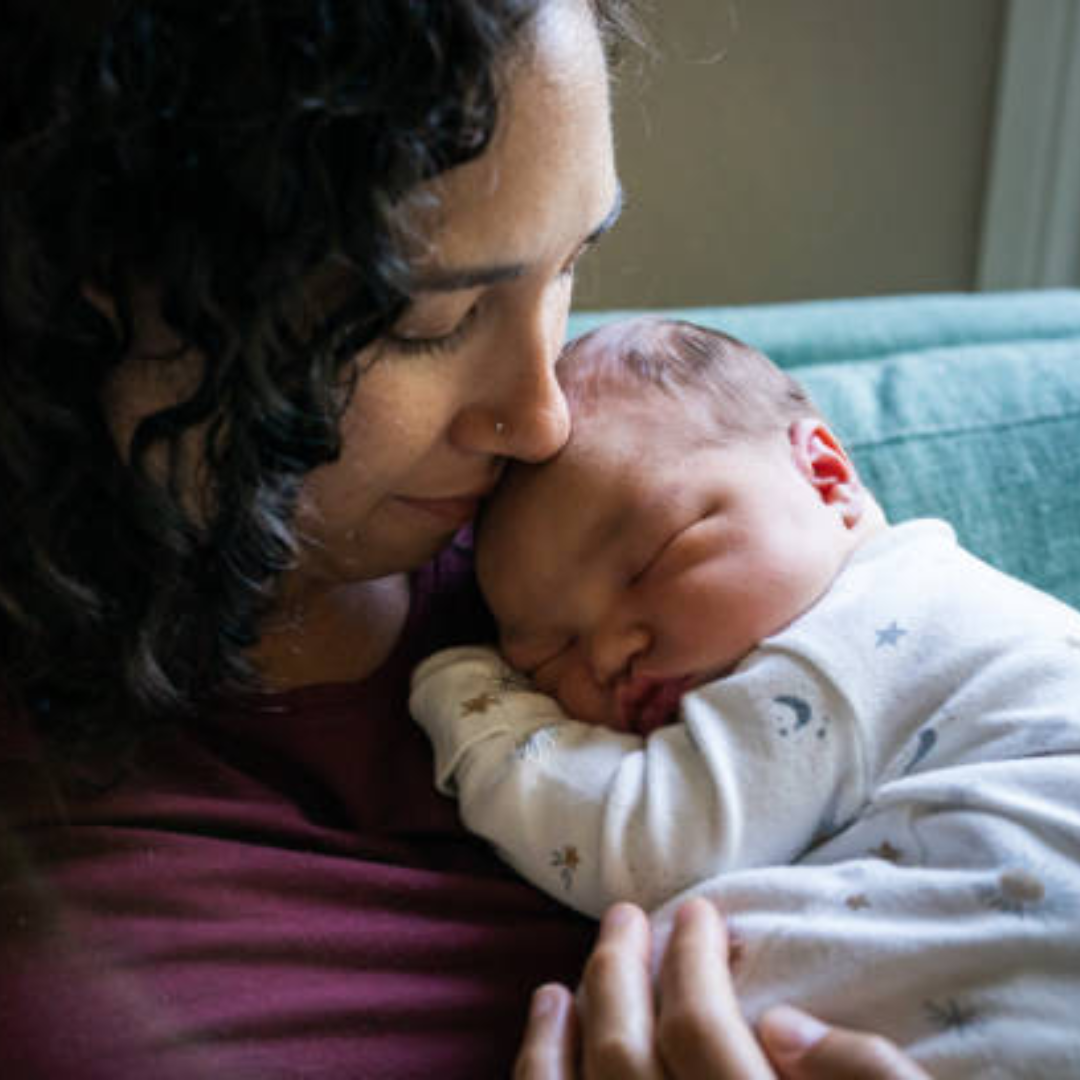Welcome to our baby store, where we're dedicated to nurturing not just the needs but also the development of your little ones. One crucial aspect of your baby's growth that often goes hand in hand with their curiosity and exploration is their hand-eye coordination. This fundamental skill lays the groundwork for various future abilities, from grasping objects to eventually writing and playing sports. In this blog, we'll explore the significance of hand-eye coordination in babies and share some engaging activities to foster its development.
Understanding Hand-Eye Coordination in Babies: Hand-eye coordination involves the synchronization of vision and hand movements to accomplish tasks. In babies, this skill emerges gradually during the first year of life and continues to refine as they grow. From reaching for objects to eventually stacking blocks, each milestone in hand-eye coordination signifies neurological development and enhances their cognitive abilities.
Why Is Hand-Eye Coordination Important?
- Fine Motor Skills: Developing hand-eye coordination lays the foundation for refining fine motor skills, enabling your baby to perform precise movements with their hands and fingers.
- Cognitive Development: As babies learn to coordinate their hand movements with what they see, they enhance cognitive processes such as problem-solving, spatial awareness, and object permanence.
- Independence: Improved hand-eye coordination empowers babies to explore their environment independently, boosting their confidence and autonomy.
Activities to Boost Hand-Eye Coordination:
- Reach and Grasp: Encourage your baby to reach for colourful toys or objects within their grasp. Start with larger items and gradually introduce smaller ones to challenge their coordination.
- Stacking Blocks: Provide soft blocks or nesting cups for your baby to stack. This activity not only enhances hand-eye coordination but also introduces concepts like balance and spatial awareness.
- Pincer Grasp Practice: Offer small finger foods like peas for your baby to pick up with their thumb and forefinger, promoting the development of their pincer grasp.
- Ball Play: Roll a soft ball back and forth with your baby, encouraging them to track its movement with their eyes and reach out to catch or bat at it.
- Simple Puzzles: Introduce age-appropriate puzzles with large, easy-to-grasp pieces. As your baby fits the pieces together, they strengthen hand-eye coordination while problem-solving.
Conclusion: Nurturing your baby's hand-eye coordination is a rewarding journey that unfolds through play, exploration, and interaction. By engaging in simple yet stimulating activities tailored to their developmental stage, you can support their growth and lay a solid foundation for future skills. At [Your E-commerce Store Name], we're committed to providing not only quality products but also valuable resources to help your little one thrive. Happy playing and exploring!




Leave a comment
This site is protected by hCaptcha and the hCaptcha Privacy Policy and Terms of Service apply.